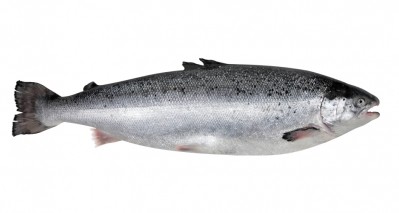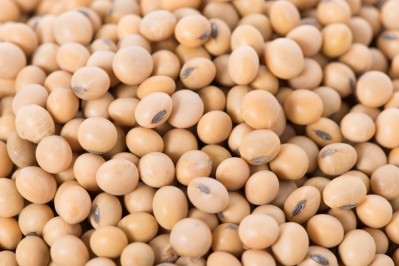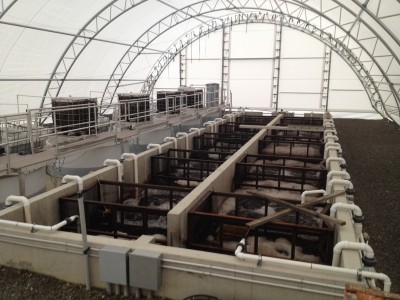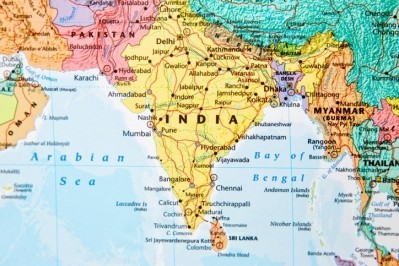Output shifts to more efficient species, as diets change in emerging markets

Aquaculture today is a larger source of meat then beef following a long rise to the top and much leapfrogging, says Dr McGill, who is head of Southeast Asia for agribusiness consultancy LMC.
“In 1961, there was practically no farmed fish,” McGill says. “Back then, the world was eating meat, with beef at the most important source of meat at just above 30m tons consumed globally. Then in the late 1970s pork became more important than beef. By the mid 1990s poultry had overtaken beef. The most remarkable shift, however, is that today aquaculture is a bigger source of meat than beef.”
With the world’s population demanding ever more meat, it must be reared efficiently, and so this has led to a gradual shift towards species with a better feed conversion rate. However, these are also species which require a higher share of protein in their diet.
Compared to cows, which require around 15kg of input to get a kilo of meat; pork’s ratio of 7:1; and poultry, where feed can account for up to 70% of the cost of production, there is one clear winner when it comes to feed efficiency.
“The remarkable 1:1 feed conversion rate, achieved by some salmon farmers, means fish can be incredibly efficient,” says Dr McGill.
“Some fish species require two-thirds of their feed volume to be protein ingredients,” he continues.
He says the reason fish have such a protein share is that they require less energy—they float so don’t have to battle gravity and they expel urea through their gills. Their temperature moves with the water, so they don’t have to warm and cool their bodies.
Changing diets in Southeast Asia
In Southeast Asia, where Dr McGill is based, there is mounting pressure on protein feed supplies across fish and livestock categories, at a time when increasingly wealthy consumers are opting for animal protein.
He will deliver a presentation on this and the implications of changing diets on feed markets at the Global Feed Summit in Bangkok next week.
Despite the region’s abundant supply of palm and rubber, and its productive agriculture, a shortage of locally produced protein feed means it is becoming a good destination for soy and vegetable protein exporters as fish and animal production increases in line with rising consumer wealth.
But Dr McGill cautions that this growth is coming at the expense of other sources of calories, especially in fast-emerging Southeast Asian countries.
“What happens to calorie intake when countries get wealthier? It clearly goes up, although not all of it is directly consumed. You get cold chains and more efficient transport helping to reduce waste but that the same time there’s more wasted food in the back of refrigerators.”
As incomes grow, the share of calories from meat consumption also grows, but something else has to decline to allow for this. In many cases, this is basic carbohydrates. In Asia, people are eating less rice—like the rise of aquaculture, this is another controversial fact given the traditional popularity of the staple in the region.









